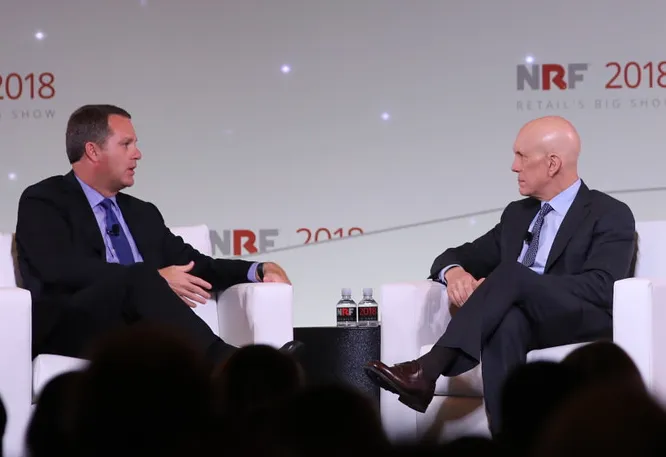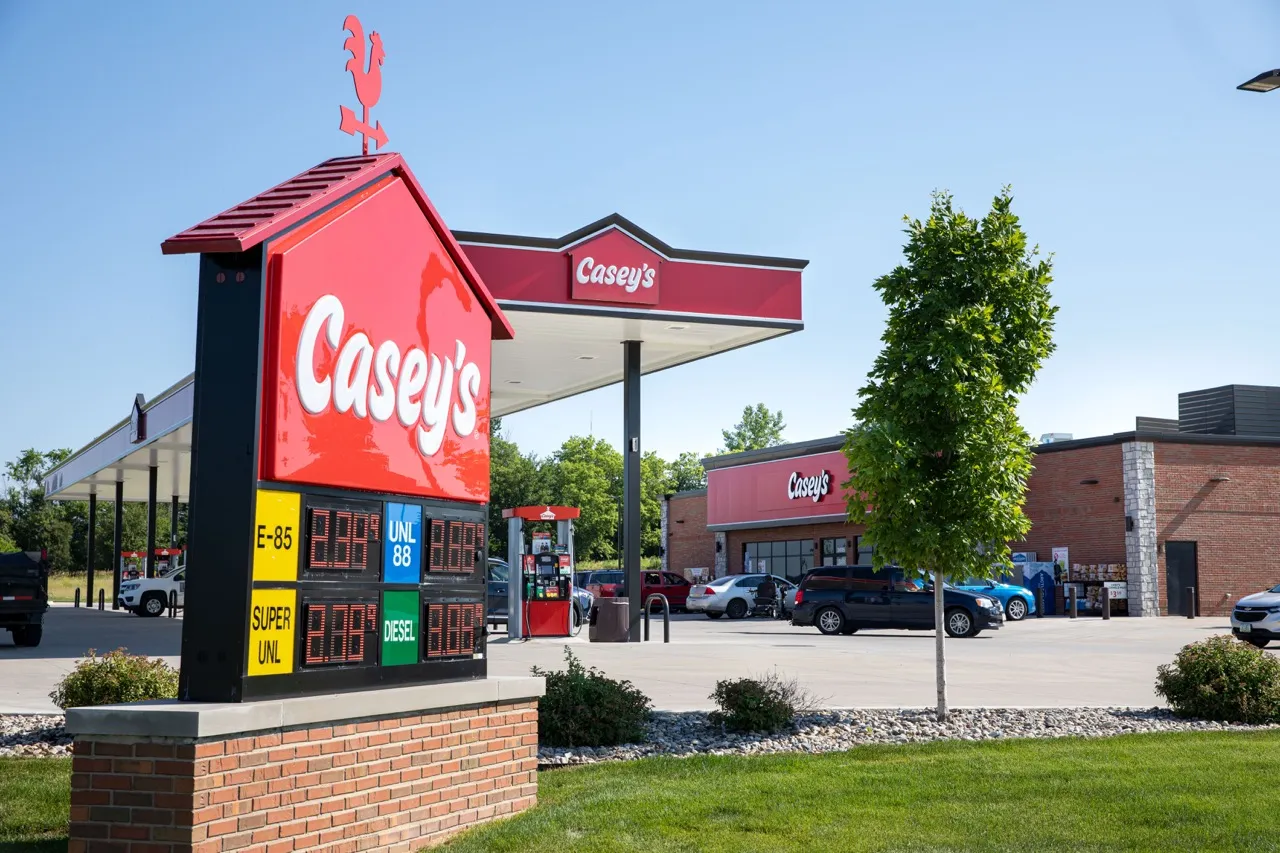NEW YORK — Despite the technology that is changing the way stores operate and consumers shop, retailing is still a people business, Walmart president and CEO Doug McMillon said on Sunday.
“The way the customers feel when they leave the store, or your web site or app, determines how fast they’re going to come back,” he said. “And there’s a piece of humanity here that really matters. In our case it’s 2.3 million people around the world, most of them on the front line interacting with customers, and we want them to know how much we care about them and how much we value their work.”
McMillon, speaking on on the first day of the National Retail Federation’s “Retail’s Big Show” conference in New York, said that attitude about the company’s workforce is the reason the company recently announced that it was boosting the starting pay of its U.S. store associates to $11 an hour, as part of a package of improvements to the benefits it offers.
Walmart also wants to foster a culture that supports change, McMillon said.
“So as we make investments in technology, and learn how to put artificial intelligence to work at Walmart, or how to automate certain functions, we want our people to go through that with us, and help contribute ideas and be part of that process,” he said. “Taking care of the basics of wages and benefits matters. But you also want to demonstrate that you’re creating an opportunity for them, so there’s that ladder within Walmart that they can climb up and become a store manager or do my job some day.”
McMillon argued that investing in the workforce — not only in terms of wages and benefits but also by providing training — is a smart strategy and part of the future for every retailer. He added that the tools Walmart associates are using in the stores are helping them work more efficiently while also making their jobs more enjoyable. He cited as an example an associate named Amanda in Oklahoma City who is using an app on a handheld device that helps her do section work in the dry grocery department — making sure the planogram is set up the right way, with the right number of facings and the proper signs and tags in the right places.
“She’s using an app to do that, and to implement other things that in the past would have either been paper based, or would have required her to run back and forth to the back room,” he said. “And now she’s doing it in a more efficient and more enjoyable way, which I think is really important. And now all the time that is freed up by her use of a better tool and a better process is now being used to interact with customers, or to think about what she wants to feature in her department.”
Technology is also changing the way consumers interact with retailers, and leading some observers to suggest that the retail industry faces an existential threat. NRF president and CEO Matthew Shay, who interviewed McMillon on stage at the Jacob K. Javits Convention Center in New York, asked the Walmart leader what he thought of that idea.
“I think to say that is to underestimate the creativity and the ability to execute of the people in this room,” McMillon said. “And what goes through my mind is, the person who ultimately decides whether we’re here or not is the customer. It’s the busy family, the people who are making choices all the time about where to shop. And they’re very rational. They make choices — sometimes they may be subconscious or intuitive — but they make choices about price, assortment and experience. Where can I get the best value? Because most people are working really hard and counting every dollar that they’re making, so value’s always going to matter, and price will matter. Assortment? Wow it’s amazing how much assortment is available for people today. I think we’re up to over 70 million items now. And then that third dimension of experience. Did you take the friction out, and help me be informed about what it is that I’m buying? Is it good for humanity? Is it good for the planet? I want to know a lot about the items that I’m buying today, and I want to know about the company or the person I’m buying them from.
“So if we move in a way that helps us increase value, and continues to offer the broad assortment they’re looking for, and then constantly improve the experience, whether it’s on app, through the spoken voice and someday through VR — regardless of the vehicle, if we’re better than that we’re going to be here. And if we’re not, we won’t.”






